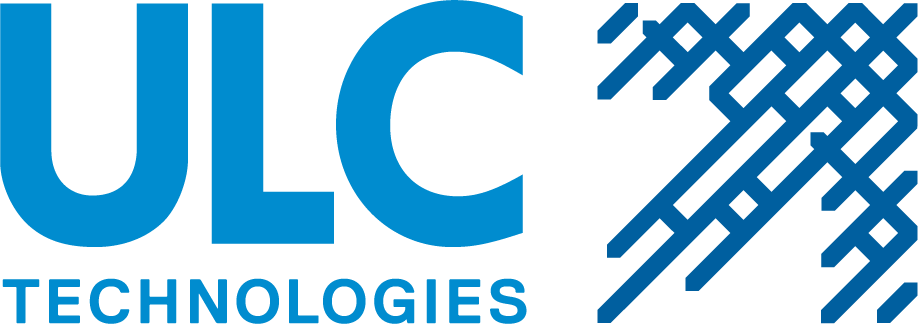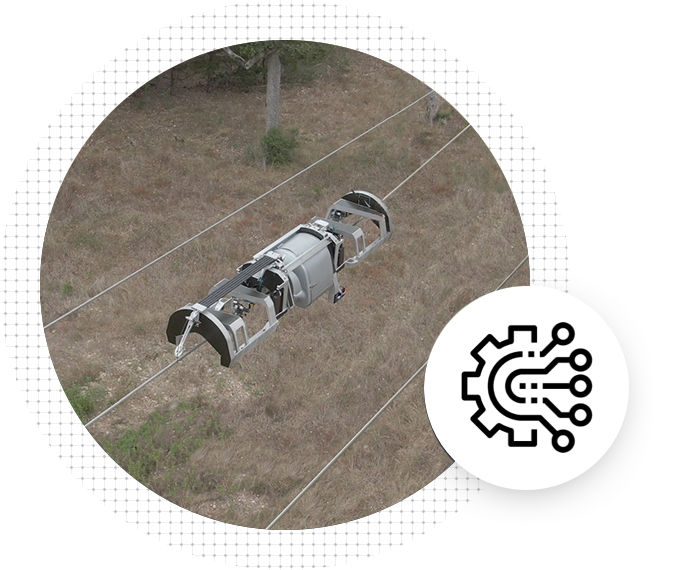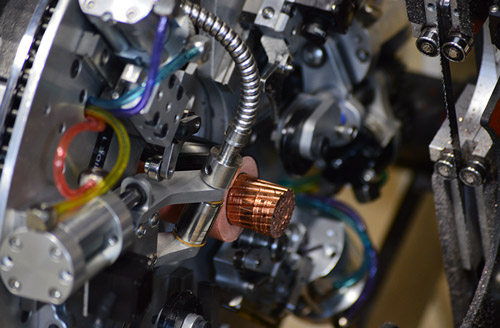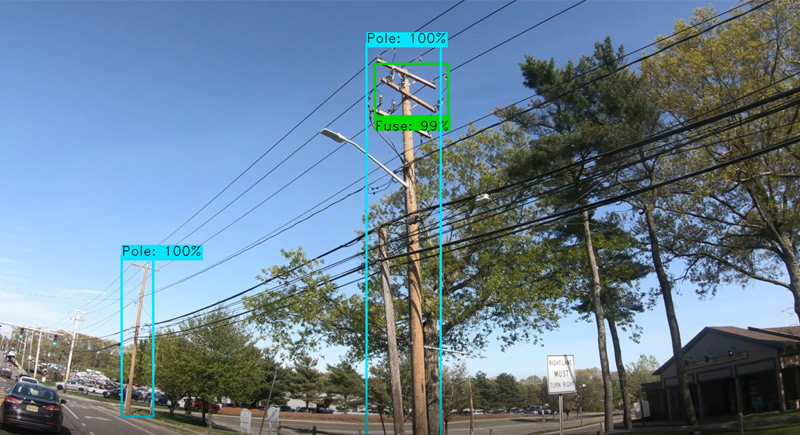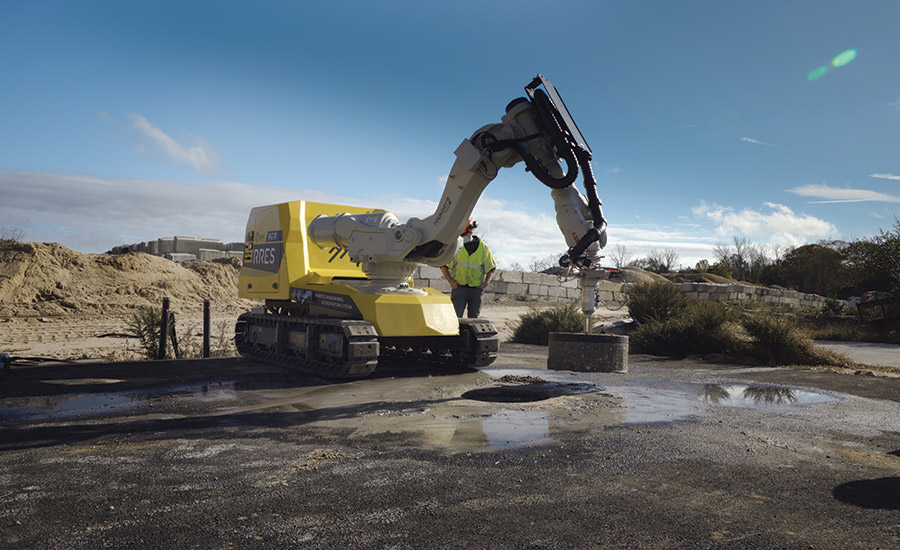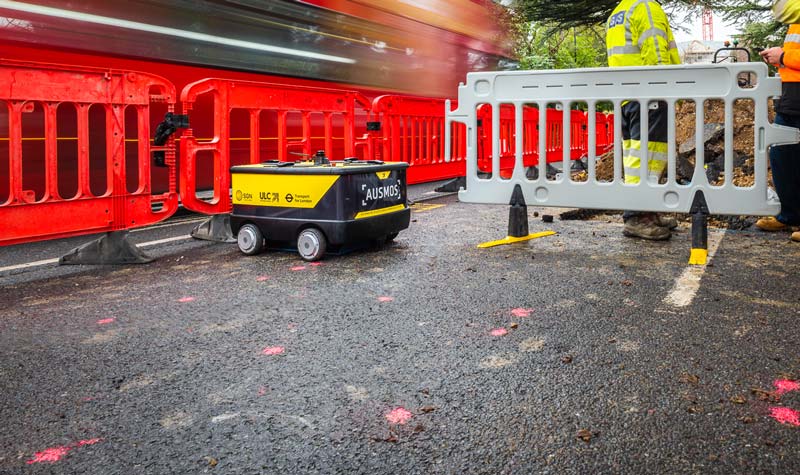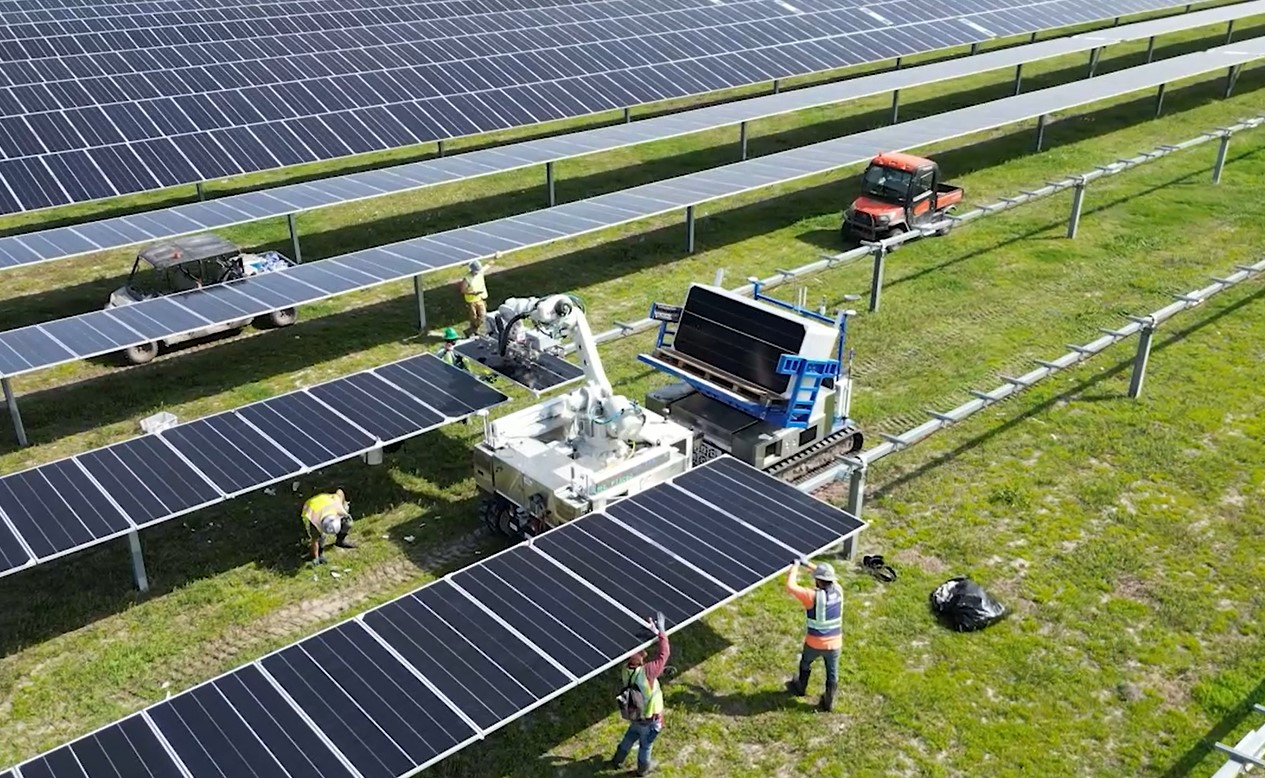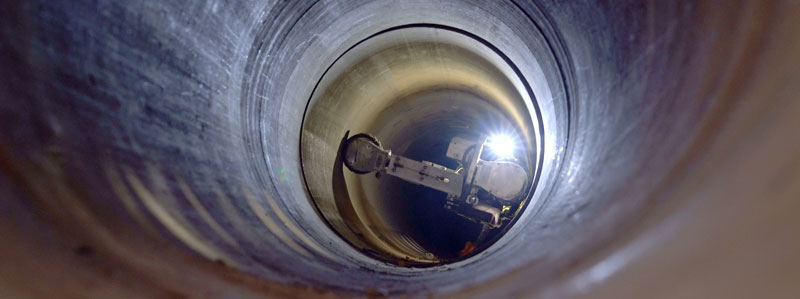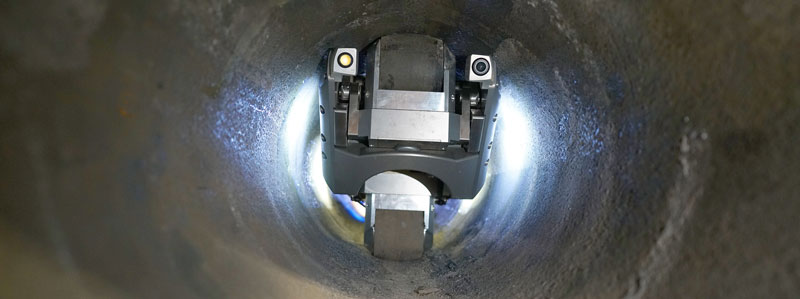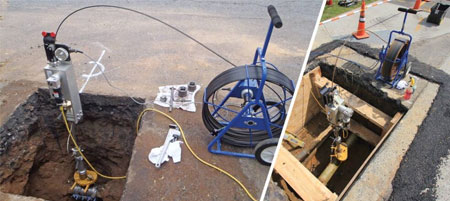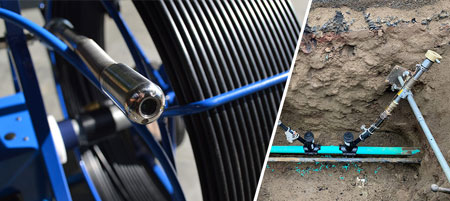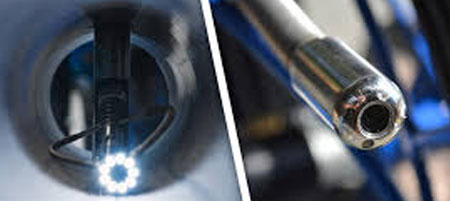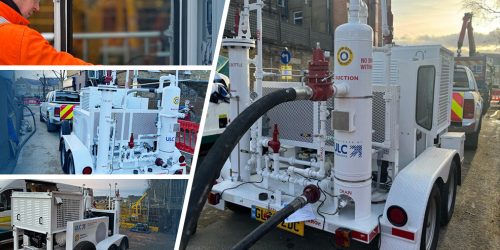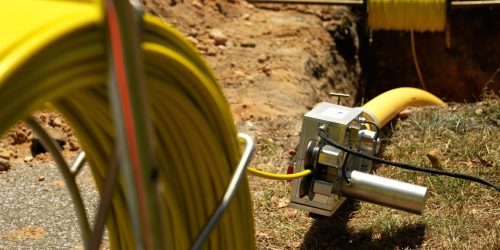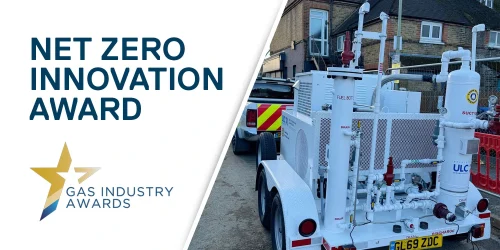ULC enhances ability to address leak-prone assets by developing capabilities to seal 48” diameter mains while announcing future expansion of CISBOT to address 12” diameter mains
ULC Technologies, a leader in the development and deployment of robotics for utility and infrastructure markets announced the development of 48”, 12” and 14” internal cast iron gas main joint remediation capabilities. These expansions will enable ULC Technologies to address additional volumes of large diameter (tier 3) cast iron gas mains as well as the ability to conduct work on medium diameter (tier 2) gas mains which are prevalent in the US and UK utility markets.
CISBOT is a robotic system that enters live, large diameter cast iron gas main to internally remediate leaks by injecting a sealant into the joints. This technology enables gas networks to safely extend the life of these assets with no disruption of gas service to customers and reduced impact to the public and the environment. From one small site footprint, CISBOT is launched into the live cast iron gas main to seal over 110 joints—providing both a reactive and proactive solution to joint leaks.
With more than 130 miles of 15”-42” diameter cast iron gas mains addressed using CISBOT since 2009, these robots have successfully helped the gas utility industry create a positive impact on methane reduction goals by sealing existing leaks and preventing new leaks from forming for decades to come as well as the reduced number of excavations associated with this methodology of work.
“The repair, maintenance and replacement of 48” cast iron gas distribution mains remain an immense challenge for our utility customers due to the scale of these pipelines and the fact they are typically located in dense urban areas,” says Philip Pearson, Head of UK Operations. “Traditional works on these assets are costly, disruptive, and challenging for our customers. We have been working closely with both Cadent and SGN to identify optimal locations to plan this work and expect that CISBOT will greatly reduce costs and disruption.”
In addition to enhancing the current CISBOT robots to address 48” diameter mains, ULC Technologies also announced an effort to scale CISBOT down to address 12” diameter cast iron gas mains. To do so, ULC partnered with a leading gas utility to perform a feasibility study on scaling CISBOT’s capabilities down to smaller pipe sizes, in addition to piloting these capabilities on their network later in 2024.
“Our customers in the US and UK operate hundreds of miles of 12” and 14” cast iron gas distribution mains and need additional solutions to support leak response in an evolving regulatory environment,” says Ryan McGowan, VP Operations at ULC Technologies. “Internal robotic remediation of 12” cast iron gas mains is requiring our engineering team to repackage the entire CISBOT platform into a much smaller size to fit into these mains.”
ULC Technologies plans on conducting field trials of the 12” CISBOT robot this year with two gas utilities.
The U.S. utility market continues to shift regulations in regard to methane leaks as PHMSA’s Gas Pipeline Advisory Committee is expected to finalize rulemaking on leak detection and repair across the entire gas utility industry. Decisions around re-classification of grade 1, grade 2 and grade 3 leaks and associated repair timeframes are expected to be made later this year.
New Jersey, a state with a large quantity of large diameter cast iron gas mains, recently published Admin. Code Section 14:7-1.19, advancing the mandated repair timeline of Grade 2 leaks to 6-months up from 12 to 15-months. ULC Technologies completed a successful CISBOT project in Union City, NJ for PSE&G where the technology addressed leaks under a busy intersection—avoiding extensive disruption to traffic and the community.

